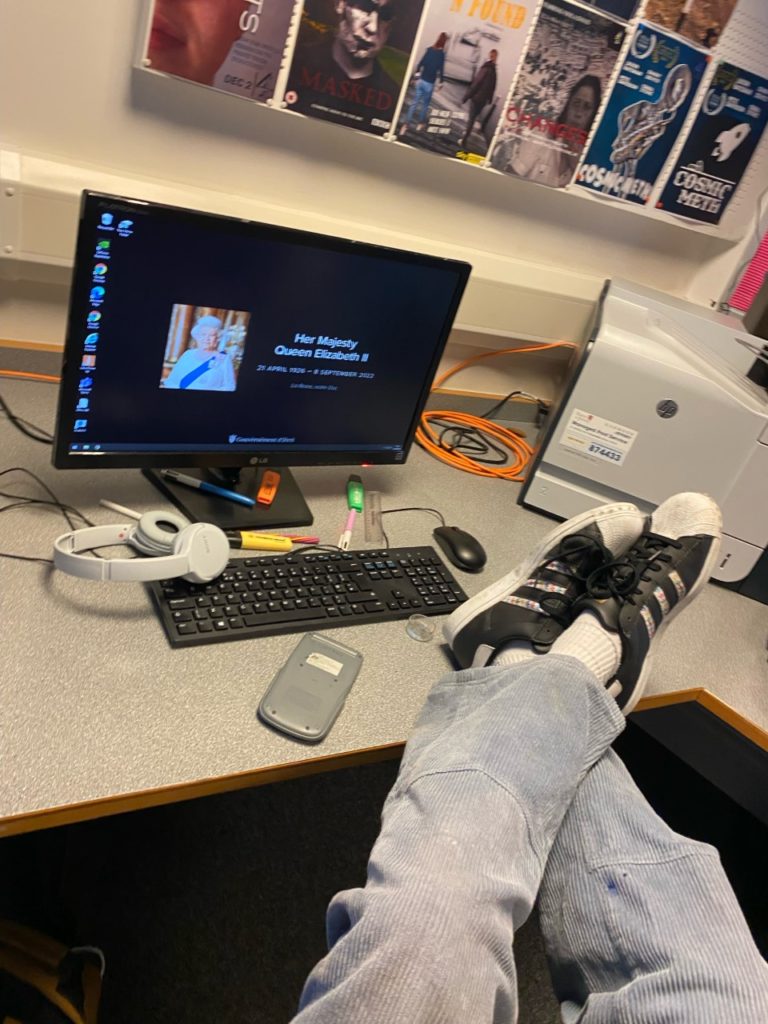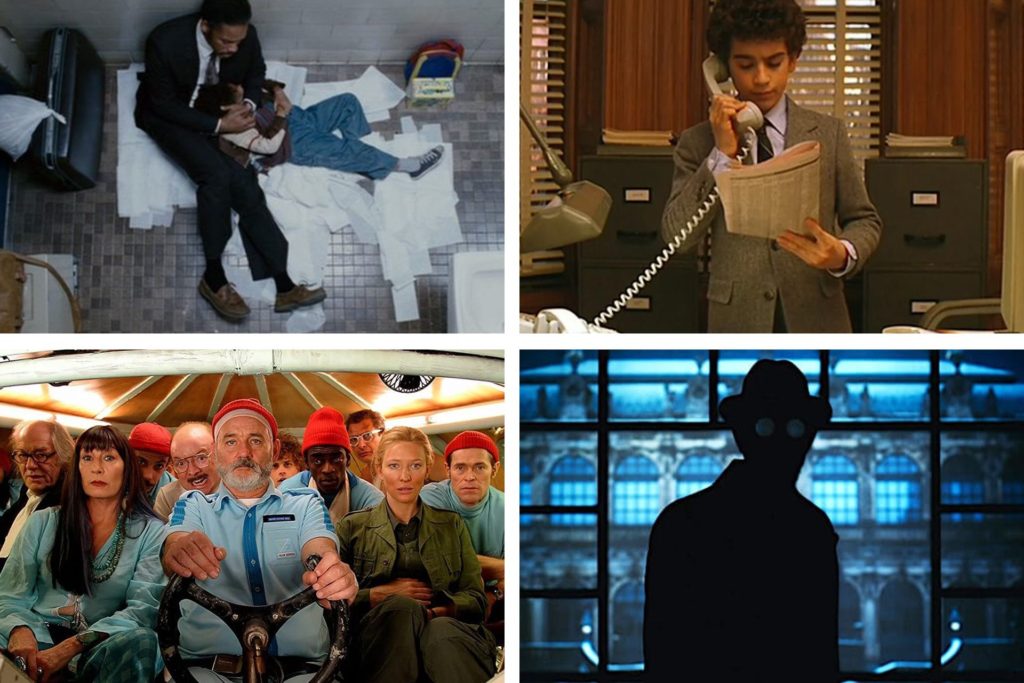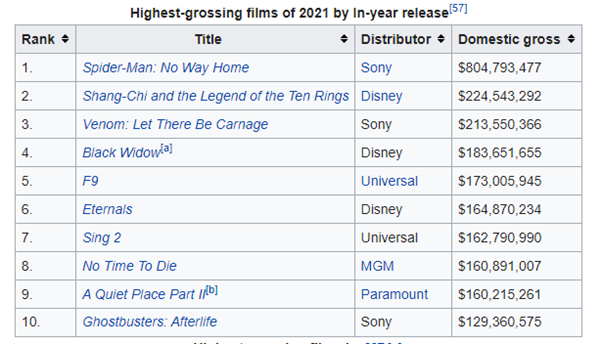| Art Film | Mainstream Film | Historically Significant Film |
| Fitzcarraldo | A Bug’s Life | Battleship Potemkin |
| Alphaville | The Shape of Water | Seven Samurai |
| Once Upon a Time in the West | Love Simon | The Wizard of Oz |
| The Breakfast Club |
Category Archives: Uncategorized
Filters
Summer Task (what makes a good film)
What makes a film ‘good’?
Darren Aronofsky’s Black Swan
Black Swan is a psychological horror which tells the story of Nina Sayers, a ballerina who dreams of dancing the Swan Queen in Swan Lake. When she wins the lead role, Nina slowly begins losing her mind in a curious and intense mix of melodrama and horror. The movie is over the top, and some of its effects are over done but it is richly enjoyable. Nina’s hallucinations play an important part in the movie as the viewer cannot tell the difference between reality and her delusions since the movie is from her point of view. This makes the movie ’good’ because it gives the viewer a sense of complication and leaves you thinking about it for a while after.
Most of the films visual effects are quite subtle, taking us along with Nina on her journey to insanity. However, the film’s finale where Nina transforms into the black swan shows us how she is completely converted into that persona/ alter ego. This transformation is metaphorical to the audience of the show, but to us and her, it is completely real.
Medium shots at eye-level have been used by Aronofsky throughout Black Swan. These two contrasting medium shots were both filmed with a shaky, unstable camera. The roughness in which they are captured gives the viewer the impression that there is someone following and baring down on Nina. This shot has been used emphasise the fact that there is always somebody watching what Nina is doing. The fact that there are two contrasting shots, one well-lit and one which is backlit tells the viewer that even if Nina is to rebel and in turn venture into becoming the Black Swan, the pressure of being a ballet performer will always be existent and will forever be ‘with’ Nina. This is also important to the plot as Nina’s character is a perfectionist.
Many props are also used to symbolise different things. For example, Mirrors are also often used in horror to increase tension, and Black Swan repeatedly uses this device to create an unsettling visual and as a weapon. Mirrors can be interpreted as one of Nina’s causes of downfall, since her perfectionism plays such a huge part in her everyday life and is the root of the films plot complication (her ability to play both the black and white swan).
Summer task
What makes films “Good”?
Aaron Roberts
I believe an important part of what makes films “good” comes from the cinematography of the film and the reality in which it is set.
I believe the film “Se7en” is a good example of this. The director, David Fincher, has used various techniques such as; every scene set inside the city has the background noise of faint rain and people roaming around. This gives us the impression that the city is real and grounds the setting more into its part in the movie. This is done not only by the sounds but also by the way the city looks.
By choosing to have the city be constantly raining or dark it gives this film noir genre to the city and this makes it far easier to believe as many real life cities do look and feel quite run down and old. However, choosing to have the city be run down and several buildings crumbling represents the plot of the movie and how people’s morals are crumbling along with the city, In addition to this when arriving at the scene the main characters can be seen interacting with various “citizens”. Although this might seem like an obvious thing to do, the way in which the citizens behave makes it more realistic as they are curious about what happened however do not want to become part of the gruesome crime. Additionally by having the world react around these crimes does help the movie in becoming more believable as a city standing by and letting a mass murderer on the lose without reacting in any way woukd completely shatter the illusion of the world. Fincher does this very well by not having the public outwardly panicking; however whenever we get shots inside the police station we can see various cops becoming more stressed and our main characters, Detective Mills and Somerset, becoming frantic the more crime scenes they visit.
Another brilliant film that creates a realistic and grime filled atmosphere is 2022’s “The Northman”. Directed by Robert Eggers it truly shows what living in a viking world would look like. By showing us the brutality of these warriors it shows how much this movie cares about the atmosphere it’s trying to create. Eggers does a great job at this by not only showing the protagonist’s point of view in battle but has a grand view of it so we can watch as everyone fights and not just the main character as this would break immersion. Additionally, having the main character be motivated by revenge and wanting to see his family again is a very relatable way to build up a believable character. Furthermore one of the opening shots of the film features the shoreline of the island as the choppy sea smacks against the cliff face. The slight blue tint that has been put over this shot has perfectly illustrated to the audience how Eggers wanted the audience to feel. It shows us how cold, lonely and unforgiving the environment is and how our protagonist is all of these characteristics.
My third example of a film that’s atmosphere creates it is “Star Wars: Episode V – The Empire Strikes Back”. This being a Star Wars film obviously it’s going to be set on various planets that are not Earth, this means that having a believable atmosphere is harder to achieve as we are unfamiliar with these places. However, one example from this movie is the ice planet of Hoth. During the battle of Hoth we are shown a camera shot of “AT-AT’s” advancing towards our heroes. This truly shows how empty and barren the planet truly is. There’s nothing apart from snowy hills and the metal of the walkers. This serves to show how desperate and alone the heros are at this point in the film. This creating this type of atmosphere is most impressive considering again that it’s a foreign planet that we’re never going to visit because it’s not real and how all the technology isn’t real.
I believe there isn’t one singular thing that makes a film objectively “good”, I think it takes a lot of things such as lighting, acting, soundtrack and cinematography. However, I do believe that the most important thing is the atmosphere. As if the atmosphere isn’t believable, the film will have a harder time trying to convince its audience to believe it.
mise-en-scene definition
The arrangement of the scenery, props, etc. on the stage of a theatrical production or on the set of a film. Examples of this is the setting, lighting, actors, décor and makeup.
mise-en-scene “chaotic vs anally tidy”
formula for Box office hit
6/10 of the top box office movies of 2022 are in the genre of action meaning part of the formula to a box office hit is often an action or adventure film. To create a box office hit one must consider what will appeal to the wider audience, for example a new War based film containing only unwell known actors with no prequels will not be as widely popular as a fast action sequel with a cast full of talented actors. The time of release must be considered as well, a thriller released around Halloween will receive more attention than a thriller released in the peak of summer. Therefore the formula for Box Office Hits contain many things including popular actors, action and a previous fanbase and franchise (Spiderman-No Way Home)
Mise-en-Scene “Chaotic vs Anally Tidy” Example


activity 2 category is …
| Art Film | Mainstream Film | Historically Significant Film |
| Once Upon A Time In The West – Release date: December 21, 1968 (Italy) Director: Sergio Leone | A Bugs Life – Release date: November 15, 1998 (USA) Directors: John Lasseter, Andrew Stanton | Battleship Potemkin – Initial release: December 21, 1925 Director: Sergei Eisenstein |
| Alphaville – Release date: May 5, 1965 (France) Director: Jean-Luc Godard | The Shape of Water – Release date: December 1, 2017 (USA) Director: Guillermo del Toro | The Seventh Samurai – Release date: April 26, 1954 (Japan), Director: Akira Kurosawa |
| Fitzcarraldo – Release date: October 10, 1982 (USA) Director: Werner Herzog | The Breakfast Club – Release date: February 15, 1985 (USA) Director: John Hughes | The Wizard of Oz – Release date: August 25, 1939 (USA) Director: Victor Fleming |
| Love Simon – Release date: March 16, 2018 (USA) Director: Greg Berlanti |
Mise-En-Scene Definition
Mise-en-scène refers to all of the elements that comprise a single shot; that includes, but is not limited to, the actors, setting, props, costumes, and lighting. The director of a play or film is called the metteur-en-scène—literally, “one who puts on the stage.”

Formula for Box Office Hits

The formula of box office hits: in the top 10 of last years highest grossing movies, all of them are produced and distributed by a conglomerate company. This shows how dominating these companies are over the film industry and how easily they can produce high-grossing films.
5 out of the top 10 movies are superhero movies (all of them being apart of the Marvel cinematic universe); the long-existing fanbases for marvel movies allows almost all of their films to perform exceptionally well.